The ancient decorative painting technique enjoying a revival 2,000 years after being the talk of Pompeii
The infinite possibilities of decorative painting brought life to villas in Pompeii, Florentine palaces and Charleston in East Sussex. Today, a revival of interest in the artform is once again precipitating a highly distinctive new look in interiors. By Arabella Youens, with photography by Simon Brown.


The course in traditional painting techniques at the Van der Kelen Logelain institute in Brussels can involve working seven days a week for up to 11 hours a day. At times, students are required to paint by candlelight, to mimic the conditions in which artists worked before the advent of electricity. Such is the physicality of the work that the upper age limit is 50. However rarefied the results, the demands of this art form are, without doubt, challenging. Happily, the hard work has never discouraged artists: the most luxurious villas in Pompeii were finished with faux marble effects and decorative painting reached new heights of sophistication in the Renaissance.
Today, not everyone working in the field goes through a Van der Kelen-style training. Some are self-taught, others have undertaken some form of apprenticeship. What most share is an ability to turn their versatile talents to whatever is required, such as painting a wall with a bucolic landscape, whimsical beasts or patterns either in a folky or more classical approach. According to the protagonists who are leading the revival of decorative painting, the renewed interest stems from a desire to create something that hasn’t already been seen all over the internet. It also speaks of a willingness to invest in decorative finishes that value art and technique over the convenience of something bought off the shelf.
‘It’s also thanks to the experience of being at home during the pandemic,’ says Lucinda Oakes, who has been a decorative artist since the mid 1990s. ‘People got fed up with staring at blank walls.’
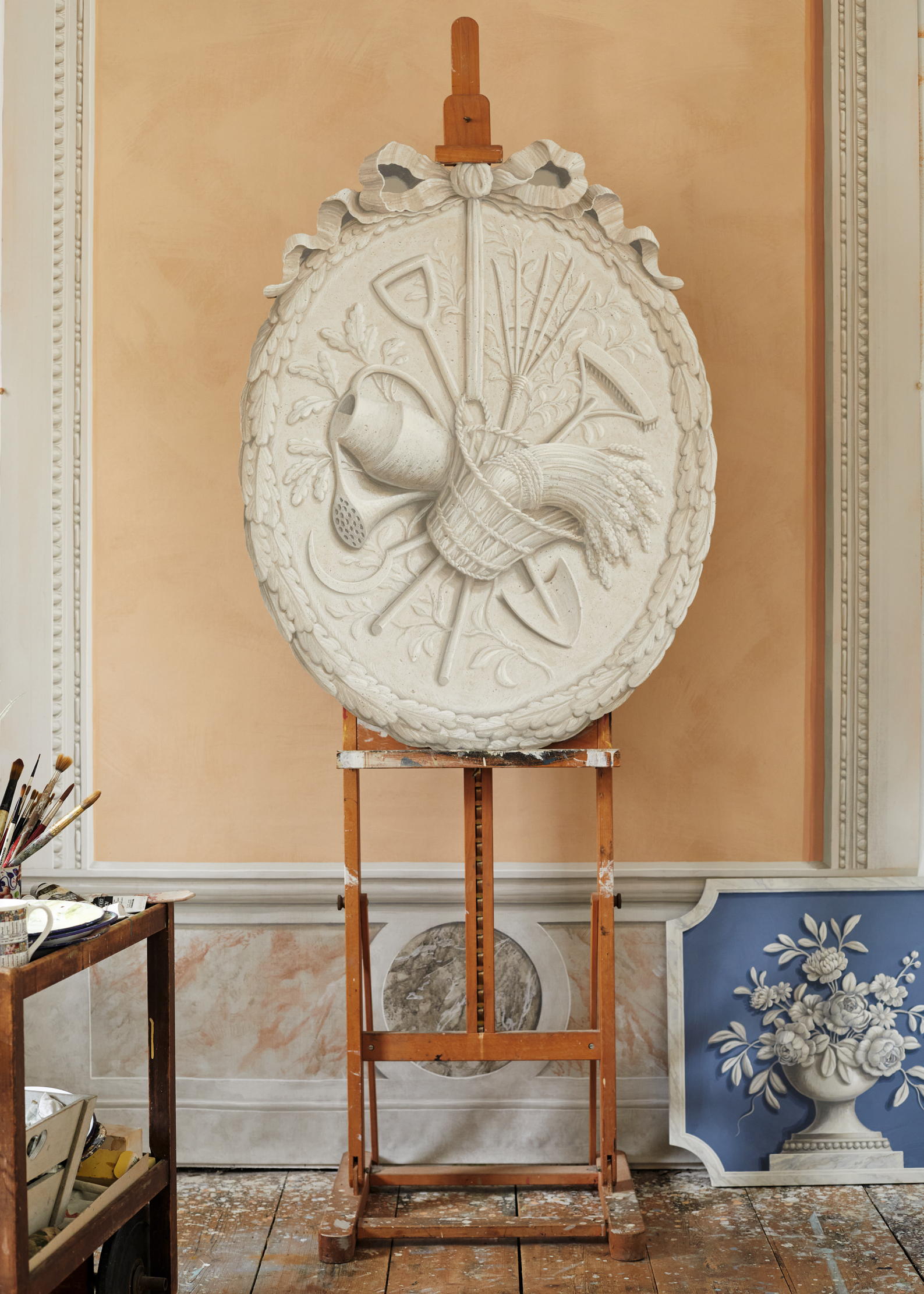
Her father, George Oakes, was a celebrated decorative artist who joined Sibyl Colefax & John Fowler in 1956. As John Fowler’s right-hand man, he would add decorative details, such as botanicals, motifs and vistas, for clients. When invited by her father to help with a mural in the south of France, Miss Oakes’s career took off.
Now, with the perspective of three decades, she can trace the demise of decorative painting to the 1990s. ‘I remember back, not long after Ikea first opened in the UK, they ran a very successful campaign called ‘Chuck out your chintz’. Everything was spare and there was no pattern, zero florals. That was the atmosphere when I started working.’ She points out, however, that some designers continued to commission decorative painters. ‘The team at Sibyl Colefax & John Fowler doesn’t follow trends in interior design. Decorative painting is a classic approach and their view was that there were always those who wanted that look — and they were right.’
One of the joys of the revival is variety; the new generation of decorative artists does not use the same techniques or work in the same aesthetic vein. Melissa White’s work is inspired by the Elizabethan era. ‘Elizabethan yeomen wouldn’t hang tapestries on their walls, because it was considered too expensive,’ she explains.
‘Instead, they would employ “painter stainers” to decorate the walls of their houses. The latter would travel the country with books of designs featuring trellises, florals, animals or grotesques.’ The fashion lasted until the mid 17th century, when Puritan fervour spread across the country and artworks were whitewashed over. ‘When I take on bespoke commissions, I develop a mural or wallpaper that is specific to them and incorporates personal details. It’s about their family’s storytelling. It leads you into another world and gives a room a sense of escapism.’
Exquisite houses, the beauty of Nature, and how to get the most from your life, straight to your inbox.
In 2012, Mrs White worked with Zoffany to create the Arden Collection, which was inspired by Elizabethan wall paintings. This led to collaborations with other brands and designers, including Lewis & Wood, Kit Kemp and Andrew Martin. Mrs White now creates bespoke wallpapers, rather than painting directly onto walls. ‘I create the artwork at the studio, where I can paint the design and then scan it and create the repeat. The beauty is that, once digitalised, I can then play with scale, adjust colours and saturation. There’s a greater opportunity for the client to get exactly what I want. If a rabbit’s eyes have come out skew-whiff then I can fix that in Photoshop. But I never over tidy the work. It’s not about being perfect.’
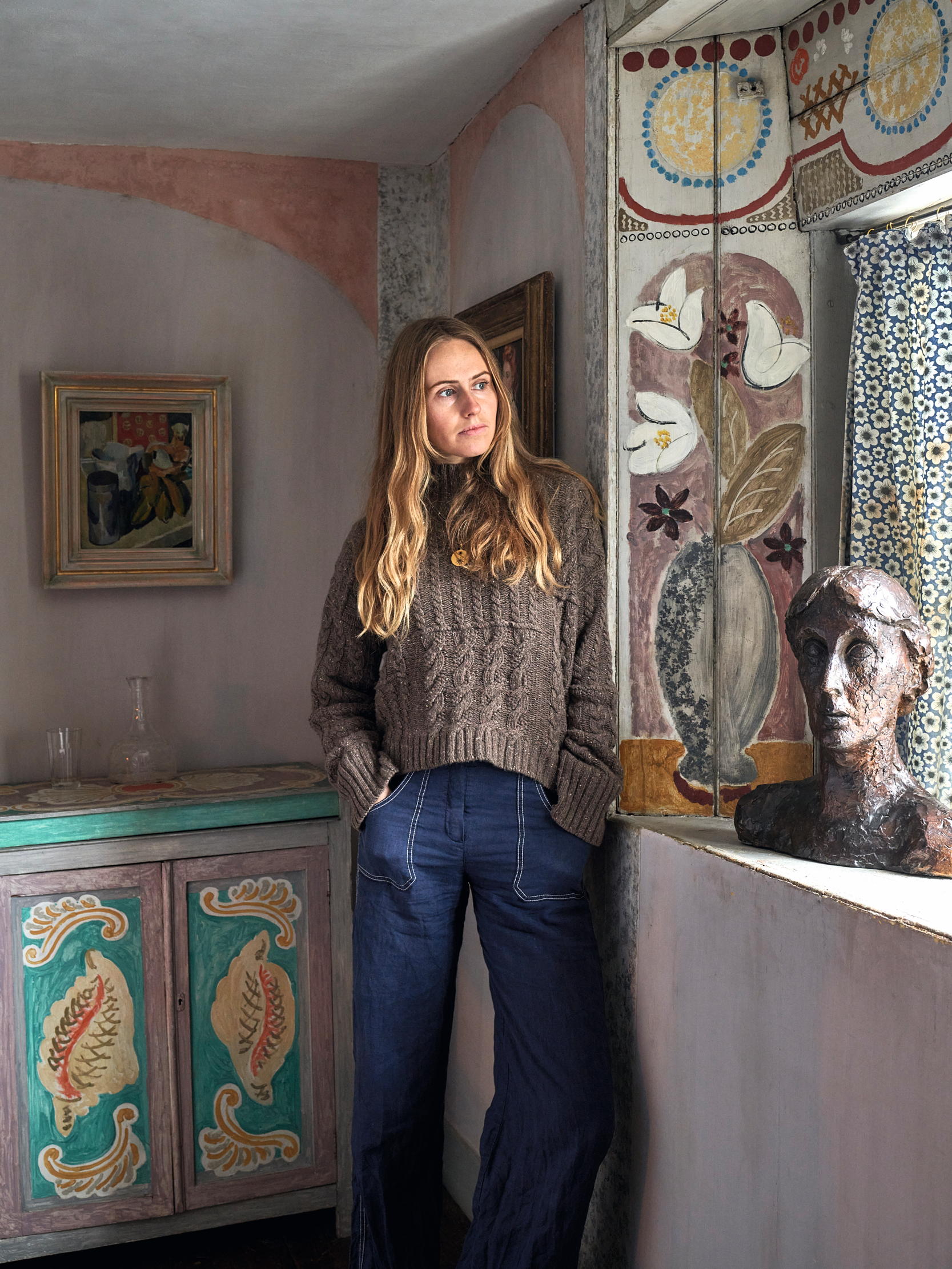
East Sussex-based decorative artist Tess Newall regularly finds herself up a ladder painting her magical and theatrical designs on walls and ceilings in situ. After reading archaeology and anthropology at Oxford, she began painting murals for friends and it didn’t take long until her work was noticed by interior designers. With the help of a small (but growing) team of skilled painters, she has also established a business designing wallpaper, fabric, hand-painted furniture and decorative objects. Mrs Newall (www.tessnewall.com) believes part of the revival in interest stems from clients wanting to invest in pieces that can be handed down the generations. ‘There’s been a shift in the value that clients place on how things are made,’ she says. ‘Pieces made by hand have soul and personality that add warmth and character to a room. Rooms that are too minimalist seem a bit serious to me. I feel more joyful if I am surrounded by colour and painted objects.’
It’s perhaps no accident that Mrs Newall’s studio is near Charleston, the East Sussex farmhouse that was the country base of the Bloomsbury Group. The expressive way that artists Duncan Grant and Vanessa Bell decorated almost every inch of the house, unrestrained by rules, has proved inspirational for many decorative artists working today. They weren’t the first who advocated imperfections, however. ‘What I love about Elizabethan wall painting is that you see how quickly it was painted and how unrestricted they were with precision and accuracy,’ says Mrs White. ‘It’s the same at Charleston, which is expressive and authentic and not over-thought and perfect.’
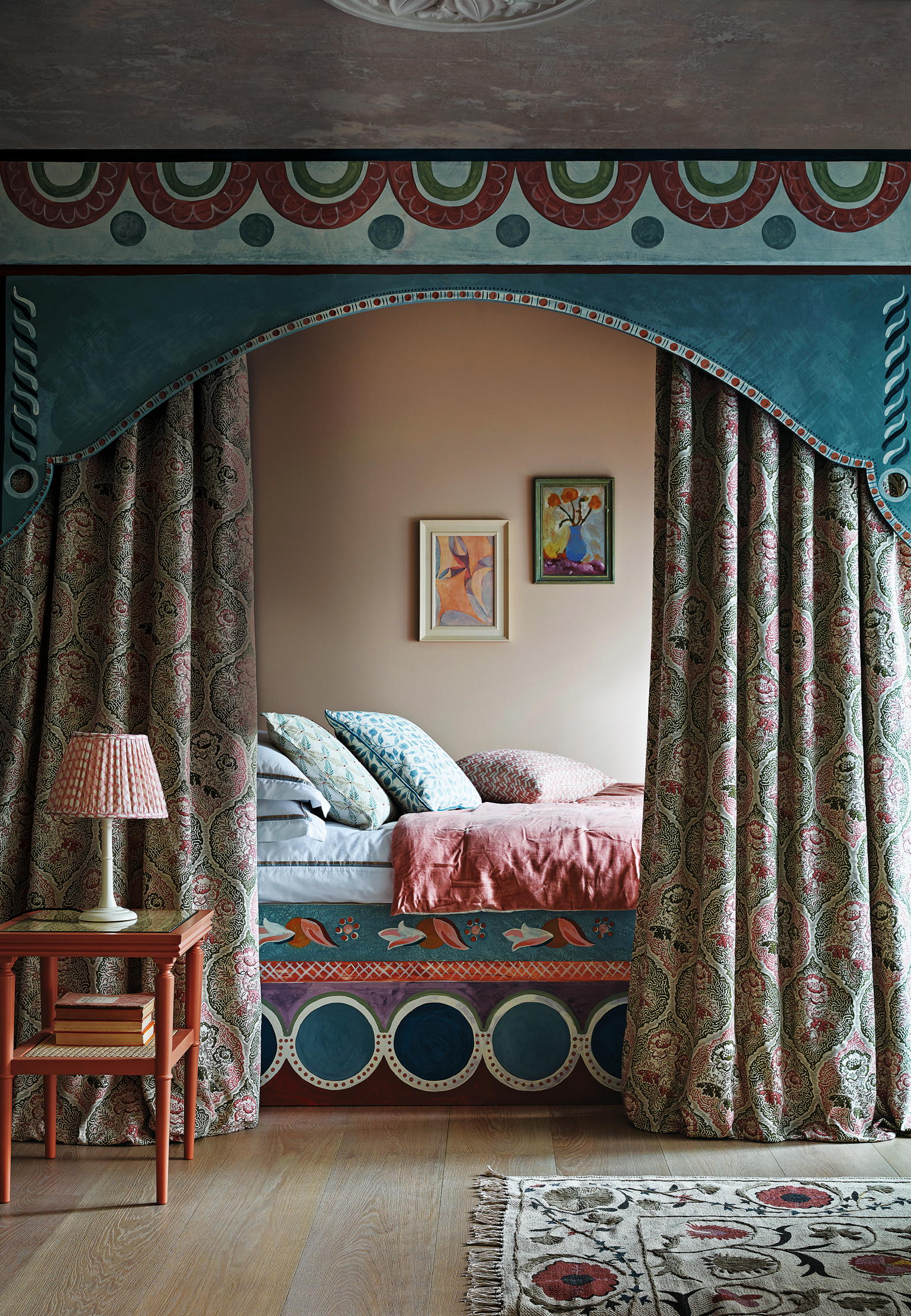
Jane McCall is another decorative artist who has been inspired by Charleston. The co-founder of Bloomsbury Revisited, she creates and produces a collection of lampshades and bases in the spirit of the Bloomsbury Group. ‘I love the way they painted over what they were tired of and how experimental they were with paint and ideas. They showed that even everyday furniture pieces could be painted and decorative.’
Everything that artist Meg Boscawen paints — from joinery at Robin Birley’s members’ club 5 Hertford Street in Mayfair, London, to murals for interior designer Kate Guinness — is done freehand. Her mentor, Lizzi Porter is strictly ‘anti-masking tape’, an approach that lends each piece of her work a distinct personality. ‘I often find that my best lines are those I do with my loosest grip. And when you think about how much decorative art involves trying to mimic the natural world whether that’s flowers or marble, it makes sense not to copy in a controlled way,’ explains Miss Boscawen.
Sometimes, it’s the role of decorative painting to simply blend in with other furnishings and objects, says decorative artist Rosie Mennem, who, emulating Mrs White, has designed wall-papers for Zoffany. Having begun her career painting furniture for the General Trading Company, a long-lost London store in Chelsea, she went on to paint at the Lobkowicz Palace in Prague, Czech Republic, and now works for decorators such as Charlotte Crosland and Joanna Plant.
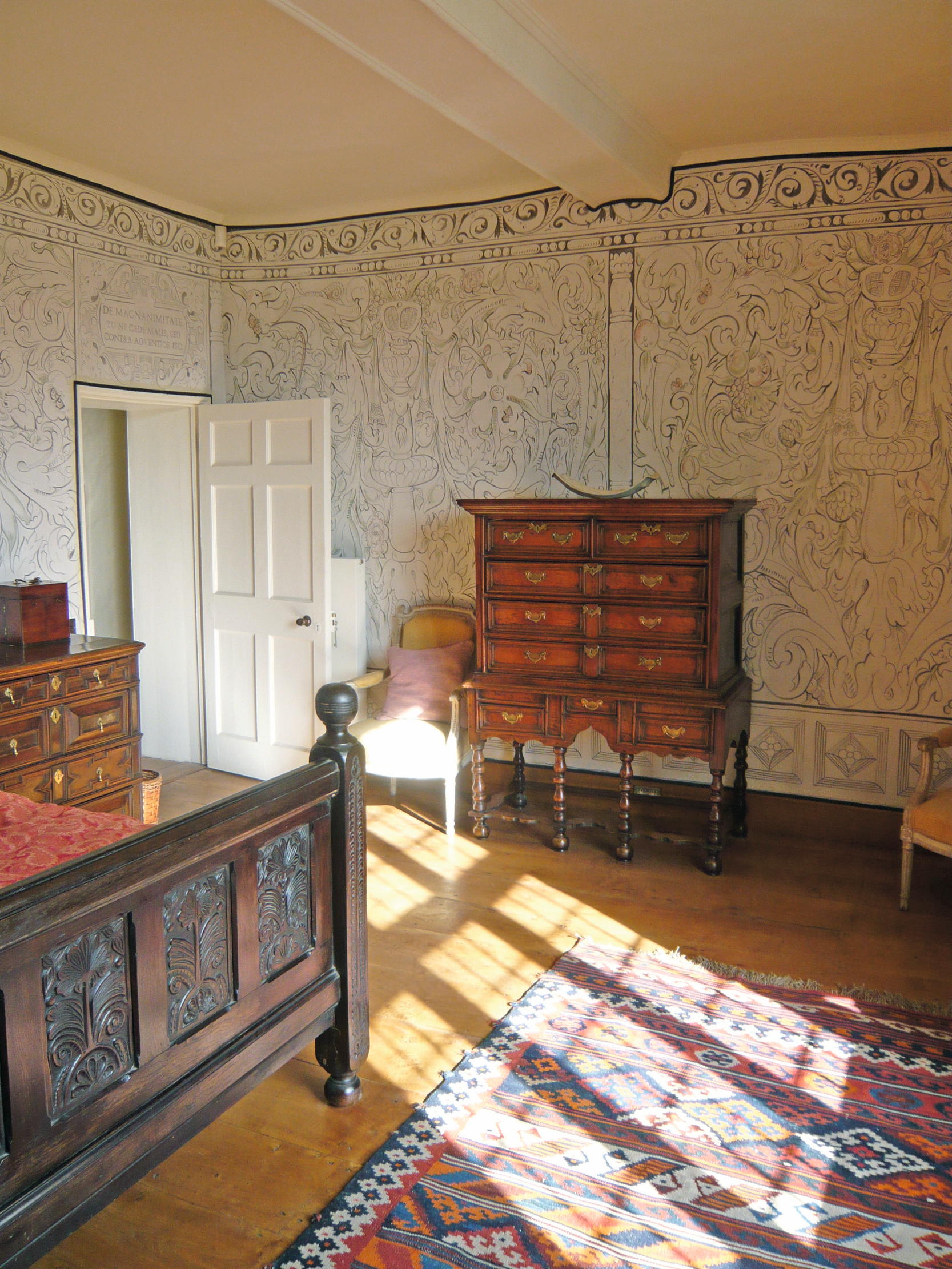
She believes that decorative painting has lost its exclusive reputation. ‘It’s down to Instagram,’ she says. ‘Before, you would only see large-scale murals or trompe l’oeil works on the pages of interior-design magazines, but Instagram demonstrates how it’s possible to have something more modest in size.’ It has opened the world of decorative artists to a wider audience, believes Miss Boscawen. ‘Instagram acts as an education tool, inspiring people about what they can do in their own homes — even if it’s only for the downstairs loo.’
Social media has been ‘rocket fuel’ for decorative artists and those who make hand-painted wall-paper, says Mrs Oakes. Mrs Mennem is hopeful that there will be an appetite for decorative artists for years to come. ‘I think there’ll always be a reaction to the increasing influence that AI is bound to have in our lives. When I paint a mural, there is emotional energy that goes into a painting that can’t be replicated by a computer-generated image.’
Do it yourself: Where to take a decorative painting course
Three of the artists featured are offering decorative painting courses over the next six months. Tess Newall is hosting a decorative painting workshop in Lewes, East Sussex, on May 16, £125 (www.tessnewall.com), as is Melissa White, together with Philippa King, on November 12–13, £270, in Ticehurst, East Sussex. Jane McCall is teaching a course on Bloomsbury-style lampshades and trays, also in Ticehurst, on June 11 (both www.curioushouse.net)
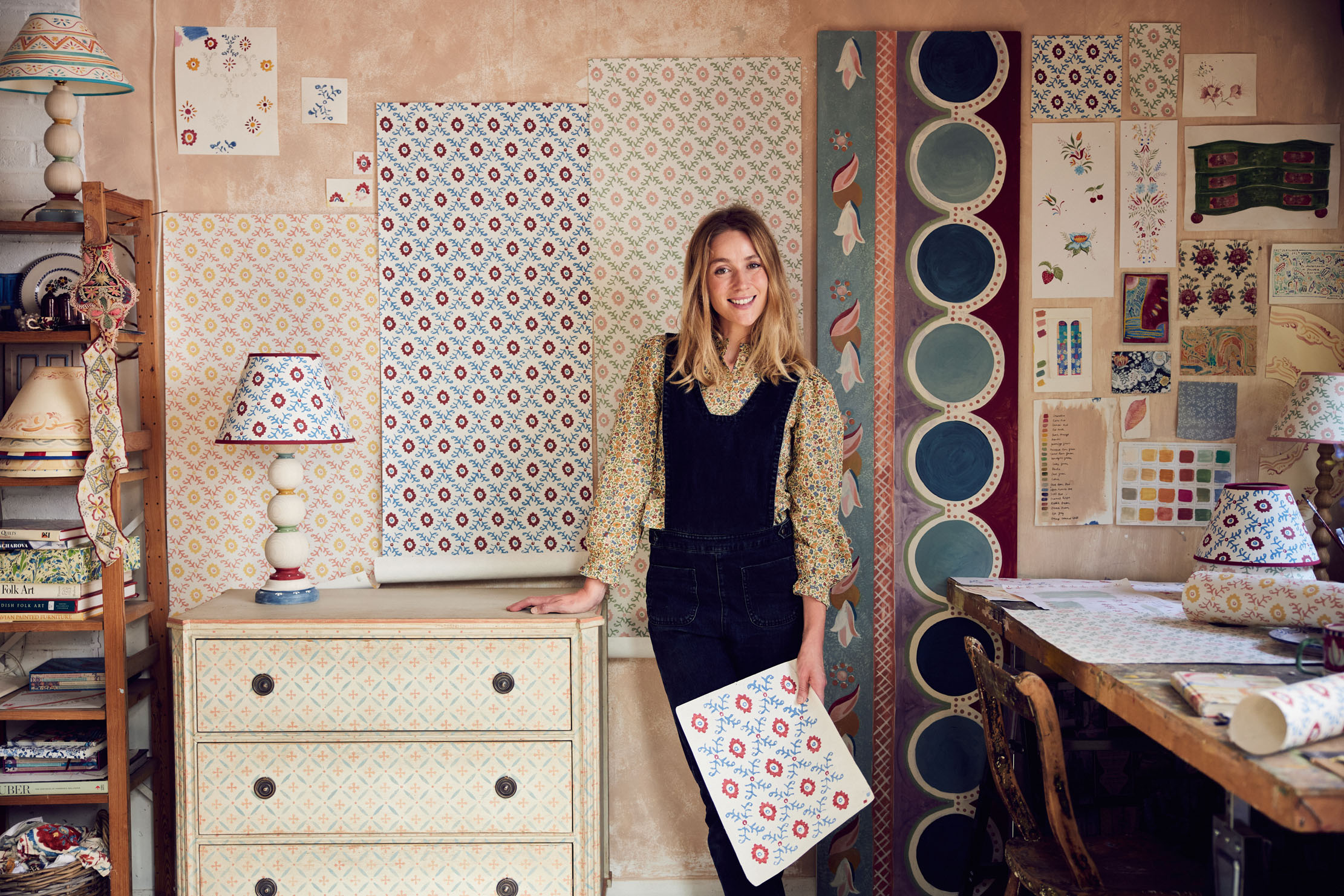
Tess Newall: 'People working from home want to feel that they are in a place that is inspiring and thoughtful'
Tess Newall has taken time off from painting murals to design a collection of wallpaper and lampshades, finds Eleanor Doughty.
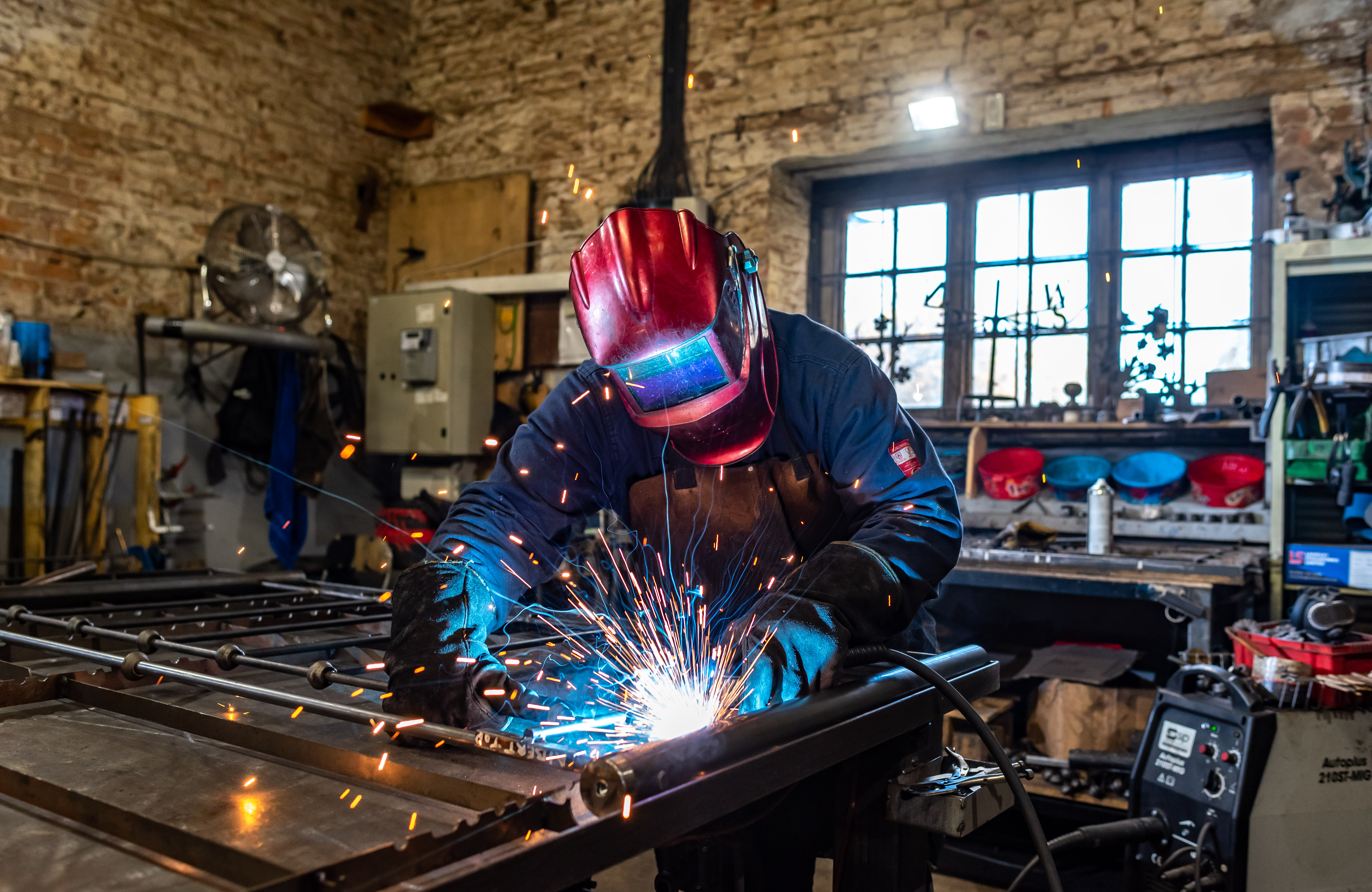
Best joiners, plasterers, kitchen designers and craftspeople in Britain, in the Country Life Bespoke Bible
Country Life names Britain's top bespoke craftspeople, extraordinary practitioners from joiners and stonemasons to furniture-makers and metalworkers.
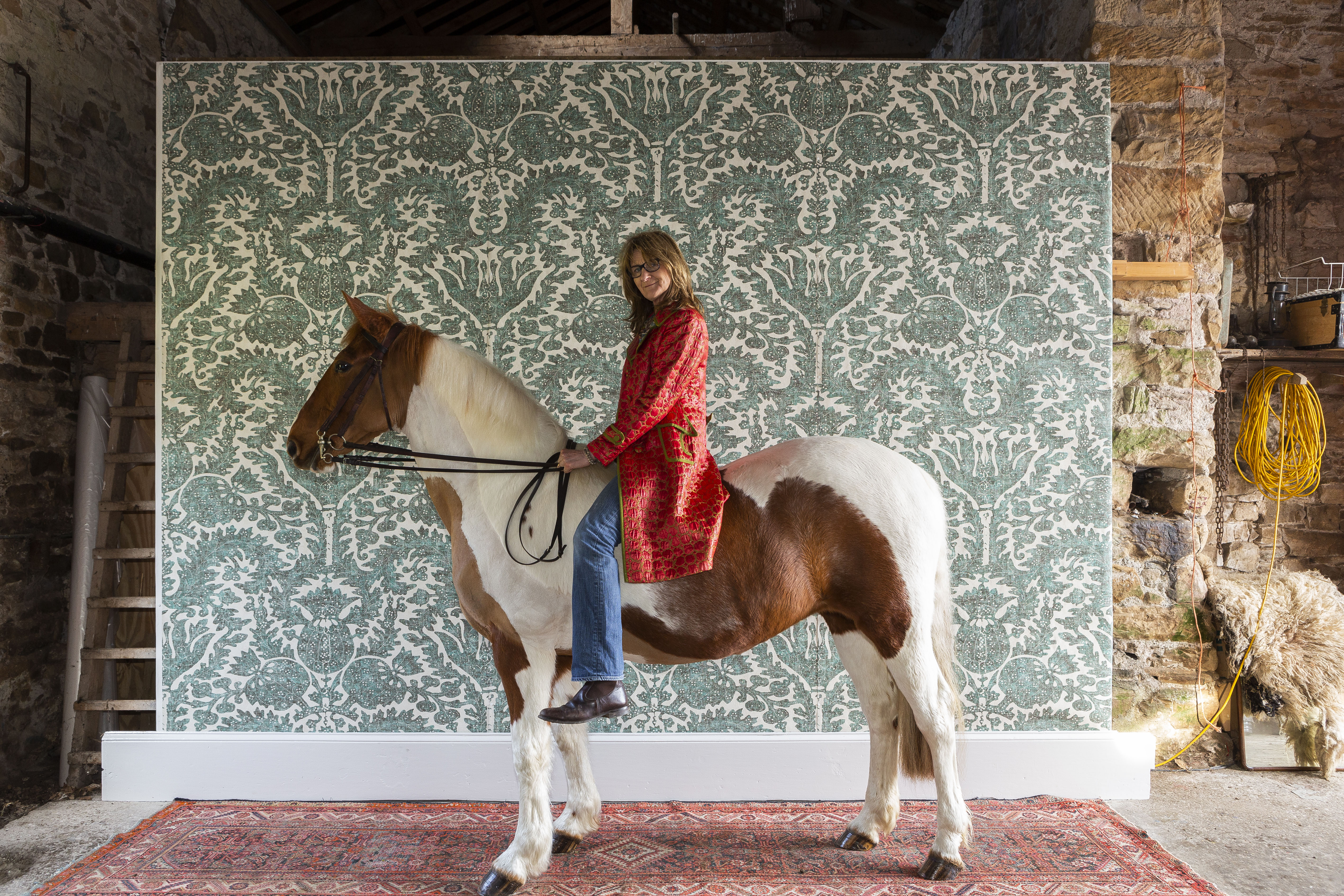
Credit: Harry Lowther/Lewis & Wood
How large-scale wallpaper can transform a space beyond recognition
Fortune favours the bold – in actions and interiors. Giles Kime explains how big and bold can make a small room
